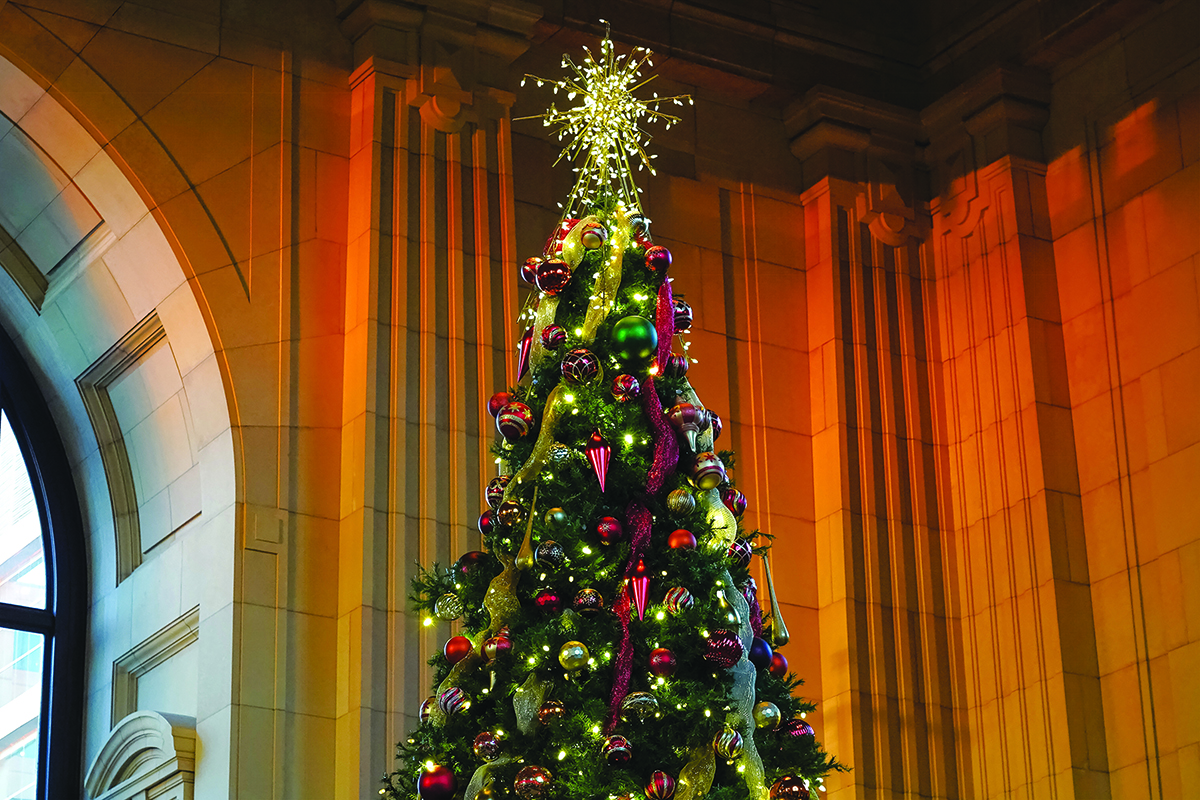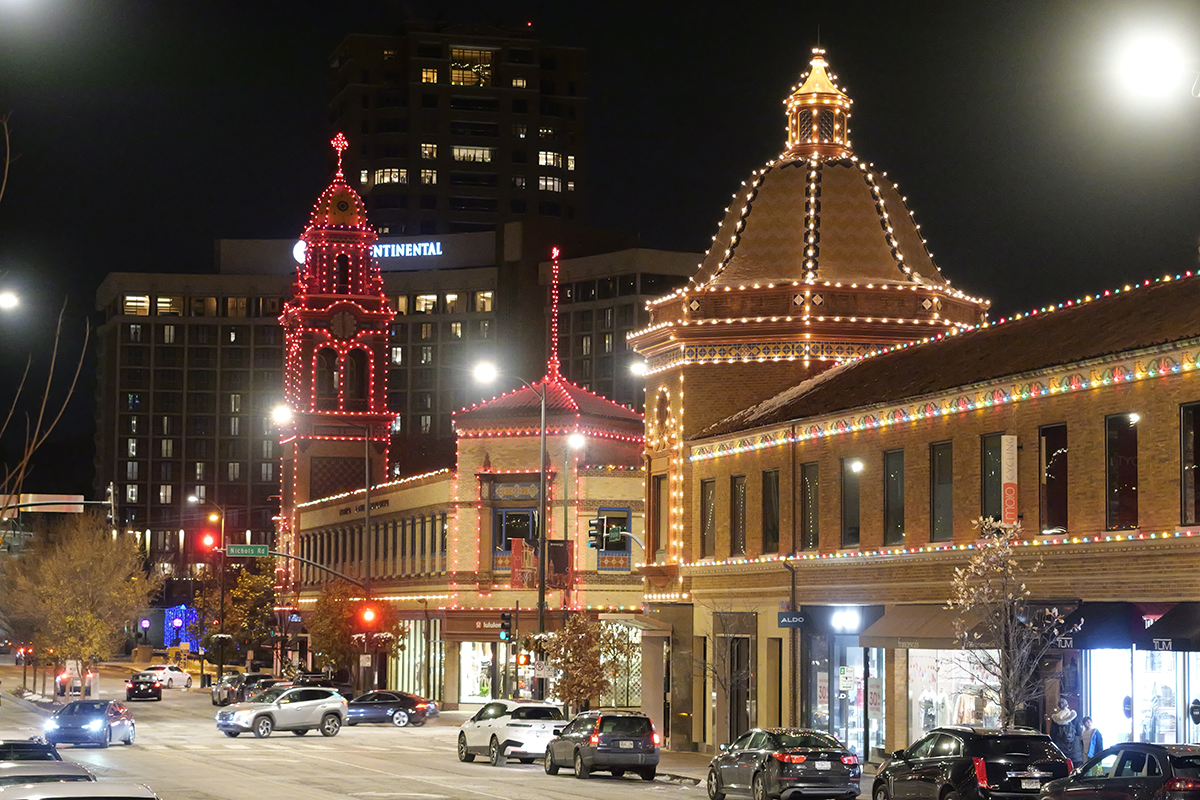[gtx_gallery]
When European settlers crossing the plains of Kansas came upon an unusual white rock outcropping illuminated by the morning sun, it is said someone declared it to be as beautiful as the famed seven hills of Jerusalem.
It’s doubtful that any of those traveling the Smoky Hill Trail in the 1850s had ever been to Jerusalem. Nonetheless, the name Little Jerusalem stuck — and is now the name of the newest state park in Kansas.
I have been to Jerusalem, and it looks nothing like the park, which is six hours west of Kansas City. Still, it’s worth the trip if you like history, Mother Nature and wide open spaces.
The park’s name is technically Little Jerusalem Badlands, the addendum intended to help the public better understand the 300-acre space. Although not as extensive as the Badlands National Park in North and South Dakota, the similarities of the rock formations are notable.
The Kansas version is a mile-long valley of 100-foot-tall spires and cliffs of Niobrara Chalk. Giant clam fossils and other images embedded in the fragile rock are reminders of the western interior seaway that covered the central plains more than 80,000 years ago.
Since European immigrants claimed ownership of this land, Little Jerusalem has been private property and thus had limited visibility to the public. But in July 2016, the McGuire family, owners for five generations, sold the land to The Nature Conservancy — the nonprofit that owns the adjacent 17,000-acre Smoky Valley Ranch — with the stipulation that the public have access.
In what has been termed a rare partnership between a state agency and The Nature Conservancy, Little Jerusalem Badlands State Park came into existence in May 2018.
Although the park had become a reality on paper, the reality included no public resources — no parking lot, no trails, no signs, no restrooms. Little Jerusalem was not ready for prime time.
That’s what brought Scott Gilsdorf of Shawnee to western Kansas last October. It was a weekend of volunteer service by employees of Westar Energy’s Green Team, an initiative that has contributed to public parks and similar projects across the state.
A Westar Energy employee of 35 years, Gilsdorf’s day job is substation foreman. But for 48 hours last fall, he operated heavy equipment donated by an energy supplier for the weekend. He helped position more than 100 limestone posts outlining the parking lot as other Westar employees anchored cedar rails between the posts.
My husband and I watched, literally holding our breath, as Gilsdorf lifted a fully constructed trail bridge with a Caterpillar Loader, negotiating treacherous terrain before placing it gently into position over a crevasse in the rocky terrain.
“We’ve done those kinds of bridges in parks and nature areas all over the state,” Gilsdorf says matter-of-factly. “It’s all about knowing the equipment and what it can do.”

The bridge, also built by volunteers, connects a one-and-a-half-mile rim trail that will allow visitors to experience a variety of perspectives on the rocks, as well as enjoy the plants and wildlife that flourish in an area that usually gets less than 12 inches of precipitation a year.
These craggy spires are nesting grounds for ferruginous hawks. You’ll also see cliff swallows, sandhill cranes and numerous other birds. For that reason, leave your drone at home.
You will encounter cattle that have grazed here for more than a century. They will continue to munch on the bluestem prairie grass in the park, so you’ll certainly want to watch where you walk.
We also stepped across the shed skin of a big snake. This area is home to rattlers and copperheads, so definitely watch where you step, and stay on the trails.
Staying on the trails is important at Little Jerusalem because of the fragility of the outcroppings. Just a few kicks with our boots in some areas broke loose several inches of the crumbling soil.
However, for those who are determined to get a little closer, the Kansas Department of Parks and Wildlife is working with The Nature Conservancy to develop ranger-led backcountry interpretive hikes. These will be limited to 40 people per day and will include a $50 per person fee.
Otherwise, admission to the park is $5 per vehicle. Plan on at least an hour or two of exploring. In the summer months, morning or evening will be better to avoid the heat.
Little Jerusalem Badlands shares management with Historic Lake Scott State Park, 8 miles to the south. A park since the 1920s, Lake Scott has, as the name suggests, a fishing lake, fully developed campsites, cabins and other services. Among the historic aspects of this park is El Cuartelejo, the remains of a seven-room structure believed to have been built by Taos and Picuris Pueblo Indians escaping Spanish rule in New Mexico in the mid-1640s. It’s the most northern pueblo site in the U.S.

GO: Little Jerusalem is in Logan County. From Kansas City, take Interstate 70 west to the Oakley exit. That’s about five and a half hours from Kansas City. Head south on U.S. Route 83 about 25 miles, and look for a new state park sign directing you west to Little Jerusalem Badlands State Park. If you’re looking for other overnight accommodations other than Lake Scott, Scott City, 10 miles to the south, or Oakley are your only options. For more information, go to
nature.org/littlejerusalem.




